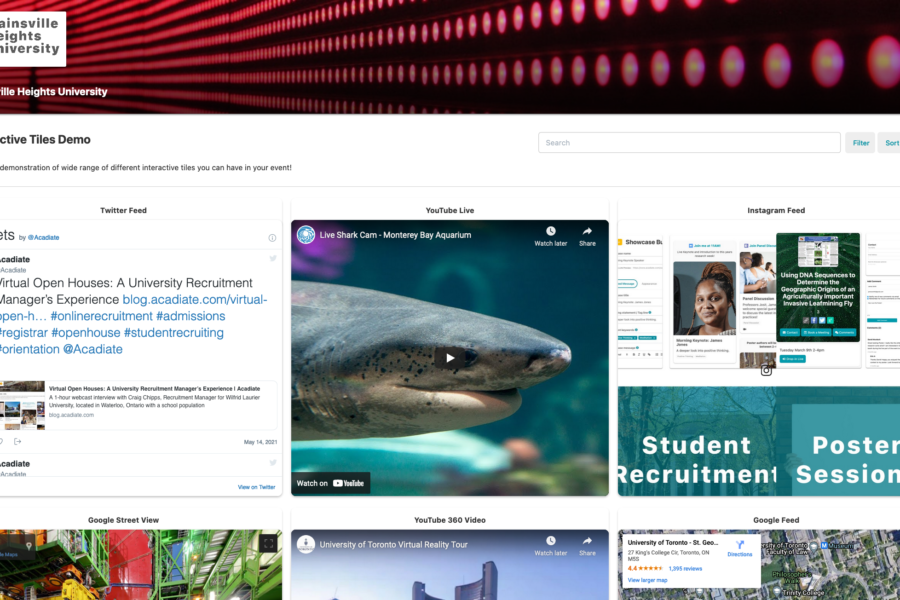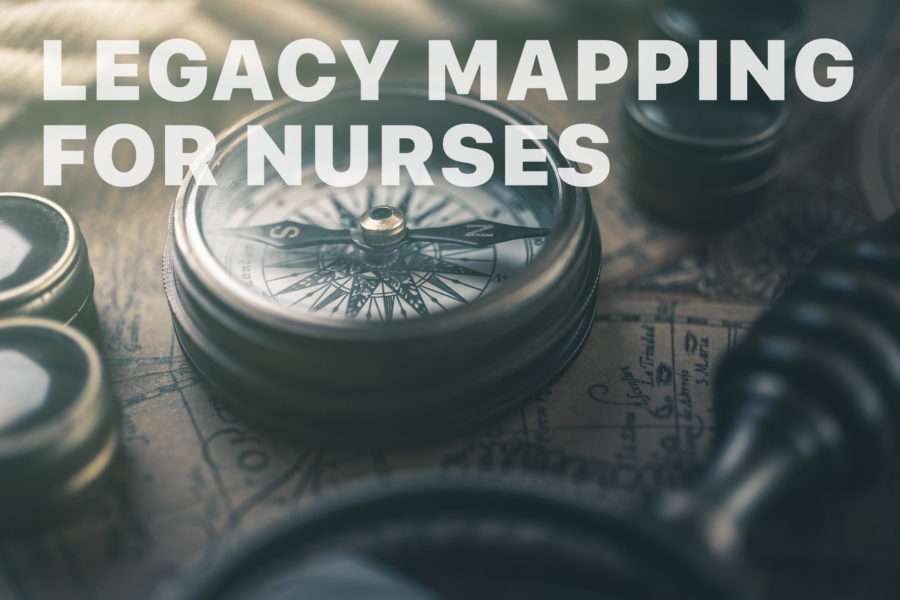The advent of AI as a groundbreaking technological innovation has already had a significant impact on our world and is increasingly penetrating more aspects of our society. The academic community is concerned about how it will alter the landscape of higher education. With AI, every student worldwide now has access to an on-demand personal assistant. While many students are utilizing AI to increase their productivity, some students are relying on it to do all their academic heavy-lifting and harming their intellectual development. This poses a serious threat to the value of higher education and the reputation of the higher education institution.
A significant component of higher ed is educating students on particular topics, arguably, higher ed’s most important function is providing the world with a reliable benchmark that an individual possesses specific knowledge. Assessing a student’s mastery of competencies is essential, especially in fields where incompetence could cause catastrophic damage, such as medical students (doctors and nurses), engineering, accounting, law, business, and more. Higher Ed institutions are responsible to their community that graduating students are indeed competent in their field, and ready to properly contribute to their assessed field in society.
The widespread use of AI in higher education has made it challenging for professors to differentiate between actual work produced by students and work produced by AI-powered assistants. As a result, many in higher education are exploring various solutions to help them better evaluate and assess student competency where an AI-powered assistant is not so easily be leveraged by a student. One such solution is Digital Portfolios. Adoption of digital portfolios in academia has had limited adoption, because institutions have faced challenges in implementing them. There are multiple reasons behind this, but the primary ones are two-fold.
The first reason why digital portfolios haven’t taken off in academia is because students are not educated on their true potential and many uses in showcasing themselves. Specifically, students are having difficulty distinguishing between the purpose of a portfolio used for learning and assessment, and one used for showcasing their skills to potential employers. This is not the fault of teaching and learning centers, as many of these centers have provided resources to help differentiate between the two types of digital portfolios. However, it is evident that this message is not effectively reaching students, as seen in how they use digital portfolios.
Many students struggle to articulate a clear definition of what a digital portfolio should look like. Some may believe that it is a website, while others argue that it is a LinkedIn profile or a Wix page. All of these solutions are very narrow use and platform specific, limiting their utility and flexibility for constantly evolving applications. The issue with these responses is that they view portfolios as isolated technologies. Instead, students should view digital portfolios in the same way they view essays; as a communication vehicle, not just a technology. In that sense, a true digital portfolio solution needs to be flexible, adaptable and robust for a multitude of applications.
When asked to explain an essay, students do not describe it as a blog, a Word document, or a pen and paper. They recognize that an essay is a written document that aims to persuade or inform a reader on a particular topic. Essays have essential components, such as an introduction with a thesis, a body, and a conclusion, that must be effectively pieced together. Essays are effective in academia because students can understand their underlying foundation, the building blocks, and how they can be used to argue any point across multiple disciplines. Once students understand how to write an essay, it becomes second nature, and they can apply it to any situation. This is the power of writing and the essay as a pedagogical foundation of higher education learning.
Students need to see digital portfolios in the same light. The goal of a digital portfolio is essentially the same as an essay – it is to convince someone of something or to inform the audience of a particular topic.
The process of creating an essay involves assembling content, writing, and media curation into a cohesive narrative. To achieve this, a thesis statement is necessary, as it serves as the central point of the paper, thus providing structure and direction to the essay. This concept of a thesis statement is equally important in digital portfolios. The application of a thesis statement helps to create a compelling narrative for the audience. Every digital portfolio should have a purpose that a specific target audience can quickly and easily understand contextually both between the content and the thesis statement.
When building a digital portfolio, it’s essential to start with the end goal in mind. The purpose of the portfolio will dictate what it should contain. For example, digital portfolios can serve as an educational assessment tool, providing evidence of defined learning outcomes for academic purposes. Alternatively, they can function as a recruitment tool, showcasing skills, personality, experiences, and other employable attributes.
It’s important to note that a single digital portfolio typically cannot serve multiple different purposes. An effective academic portfolio would not be an effective employment portfolio, and vice versa. Each portfolio application is being assessed and evaluated by different usage cases and audiences. Even within academic fields, the portfolio’s effectiveness will differ; for instance, an effective academic portfolio in philosophy would not be adequate as an academic portfolio in engineering. Similarly, an effective digital portfolio for a job opportunity at Google would not be suitable as a digital portfolio for a job opportunity at Deloitte. A digital portfolio solution needs to be designed to enable users to create quickly and easily multiple targeted portfolios for any given audience and share seamlessly.
One of the reasons students don’t leverage digital portfolios to their full potential is because they don’t see them as a strategic communication tool with high impact personal outcomes. Instead, they view them as a one-time requirement for a particular class. They see them as time-consuming and require a lot of effort to set up. Students often spend hours figuring out the technology, design, content, and access for just one portfolio. This is particularly true for web-based or url solutions requiring almost programming level learning and extensive energy on layout decisions, making the exercise more focused on creating the portfolio rather than on the messaging and the content. This makes it difficult to convince them of the long-term value of digital portfolios.
As a result, students don’t see the benefits of putting in the effort to create a digital portfolio, making it an uphill battle to get them on board. The solution is to simplify the process of creating digital portfolios by focusing on the essential elements, which is the content. By providing students with a solution that enables them to create multiple digital portfolios quickly, we can help them see the value of using digital portfolios as a strategic tool beyond just one class and to better adopt them as an important tool for marketing their achievements deeper into their career life.
Acadiate simplifies the creation of digital portfolios for students, eliminating the need for time-consuming layout and design. With just a few steps – naming the portfolio, adding content, and saving – they can effortlessly build their portfolio. Plus, there’s no hassle of managing URLs or purchasing domain names for a website. Students can get started with Acadiate for free. This streamlined process takes only a few minutes, encouraging students to embrace digital portfolios for various applications.
This proven format approach has been honed over the last 10 years, benefiting 300+ higher education institutions and 6M+ students. Acadiate has been successfully utilized at all levels, supporting student research, academic symposiums, and career fairs with flexible event options. Individual students can collaborate and engage in online and hybrid events through their digital portfolio. This prepares them to showcase their creativity in online spaces, amplifying their readiness for job applications. Surveys and focus groups with employers and recruiters confirm that students with digital portfolios are 3X more likely to secure interviews compared to those using traditional resumes and cover letters.
The emergence of AI is driving a digital portfolio renaissance in higher education. Employers value digital portfolios in the age of AI because digital portfolios can provide a more authentic and deeper view of a candidature upfront that a simple resume and cover letter. It is much easier for job candidates to get their resume written professionally or using ChatGP, but producing all the artifacts that provide evidence for the claims made on the resume is more challenging. Similarly, academia faces a problem with the explosion of AI usage among students for completing coursework. Professors and TAs often wonder how they can know for sure that a student wrote an essay. Unfortunately, even though some hope that TurnItIn or other scanning solutions will eventually provide an easy solution, the rapidly evolving AI technologies will likely outpace these solutions.
Today, there are AI technologies that can learn your writing style, vocabulary, and tendencies by analyzing your past work. An effective digital portfolio that focuses on employment provides clear evidence to support the claims made in a candidate’s resume. For example, if a candidate claims to be an excellent graphic designer, they can include examples of their work in their portfolio. Similarly, if they claim to be a great communicator, they can include a video introduction showcasing their communication and language skills. These additional data points help recruiters assess the candidate’s employability and provide more confidence early in the hiring process that the candidate application is accurate.
The use of digital portfolios is already prevalent in academia, especially in poster session usage. Students are often asked to create poster presentations and put together a 3-5 minute video explaining their work. They are also required to include additional research and content used to craft their poster presentation. In this way, digital portfolios are used to ‘show your work’. Also academia is recognizing the superior benefits of online post sessions over in-person because of the extra stage of students requiring to express their poster in a narrow verbal format of short video in addition to the narrow visual-written format of a poster.
If we extend this approach to essays, we could ask students to provide a 5-minute video response along with their essay, explaining their thought process behind their stance. They could also include additional research notes that were used to create the essay. These additional data points make it more difficult for students to rely solely on AI.
The digital portfolio is poised for a renaissance in higher education and offer another tool in the tool kit for academia to protect their institutional integrity against the AI threat. AI is an exciting new technology that provides an opportunity for higher education to find new ways to continue delivering world-class education. We believe that we are only at the beginning of digital portfolio usage in novel ways that enhance student learning and improve career outcomes. As course designers better understand how digital portfolios can be used in assessment, they will develop many fresh ways of designing assignments that incorporate other data elements where AI is not as capable, and develop new ways to assess whether students have truly mastered educational competencies or simply faked them.




